Salton Sea National Wildlife Refuge
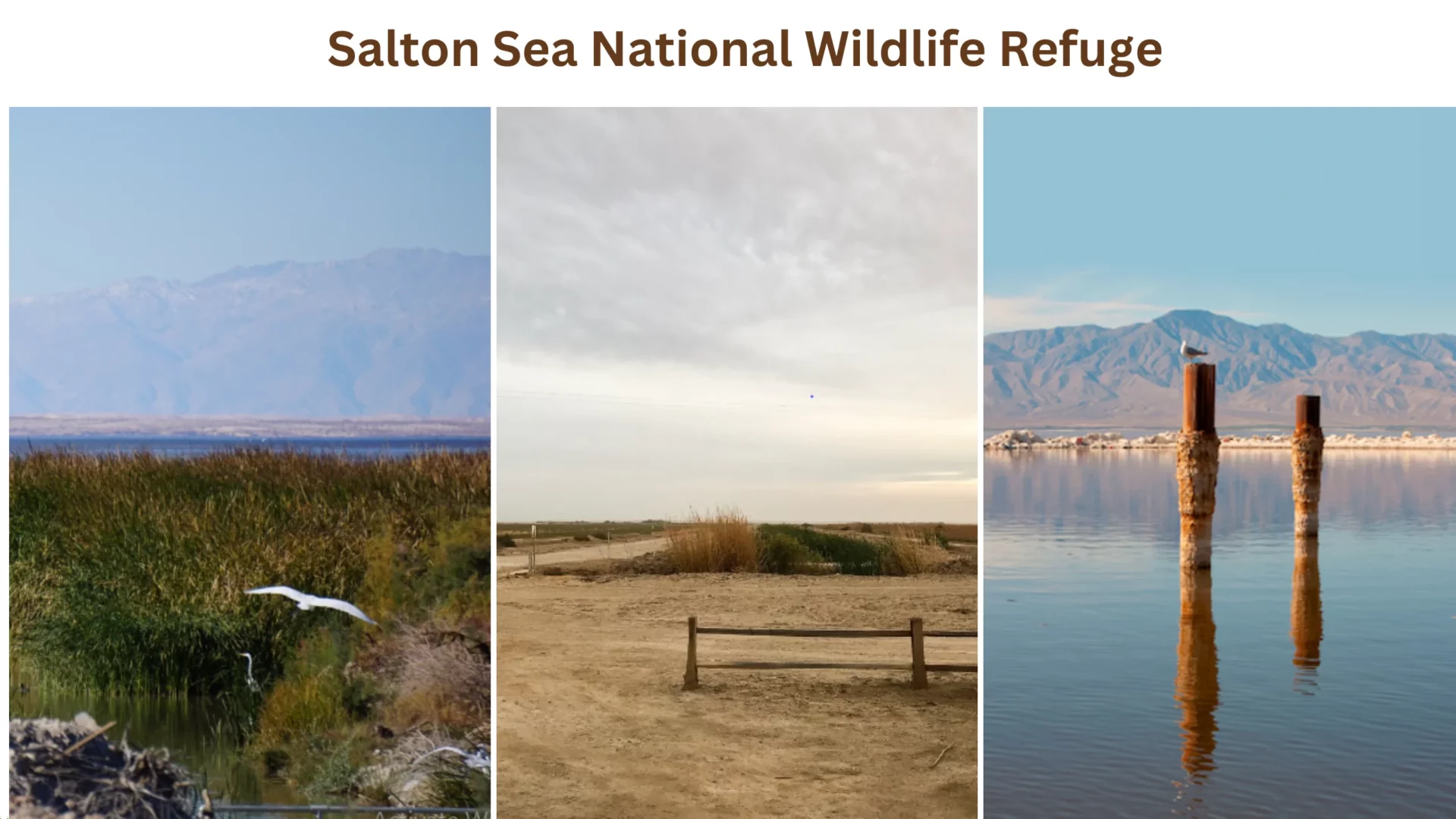
Salton Sea National Wildlife Refuge management improves wintering waterfowl and shorebird habitat. Many countries have implemented waterfowl management plans to reduce crop damage caused by waterfowl.
The refuge serves as a stopover or winter home for approximately 375 species of migratory and resident birds because of the abundance of suitable habitats here. From November through February, the refuge is home to as many as 30,000 snow geese, Ross’s geese, Canada geese, and 60,000 ducks. In almost a year, marsh and shorebirds contribute almost 6,000,000 use days.
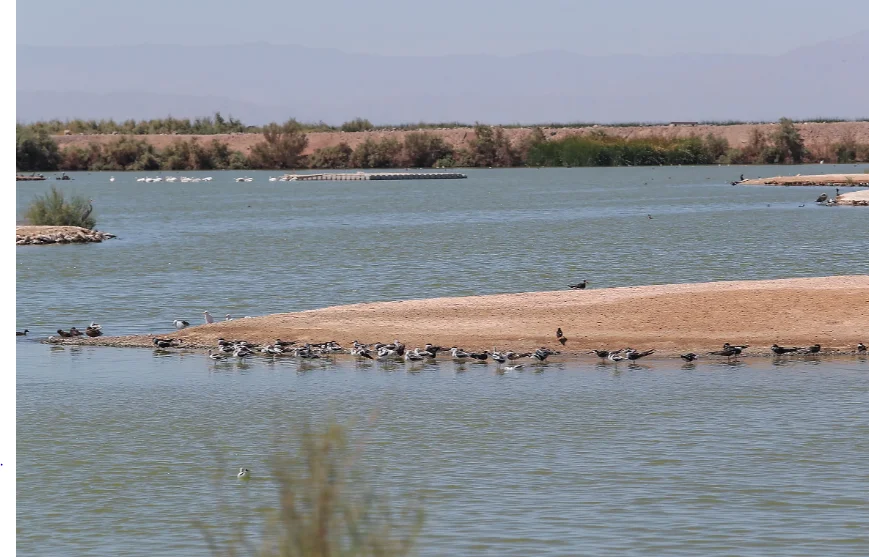
Several endangered species, such as species like the California brown pelican, Yuma clapper rail, desert pupfish, and the southern bald eagle, have been spotted in the refuge. Yuma clapper rails, a threatened species, have a large nesting population in the refuge. The fulvous whistling duck, wood stork, long-billed curlew, mountain plover, western snowy plover, burrowing owl, and white-faced ibis are just a few of the endangered species that frequent the refuge.
Salton Sea National Wildlife Refuge Nature Programs
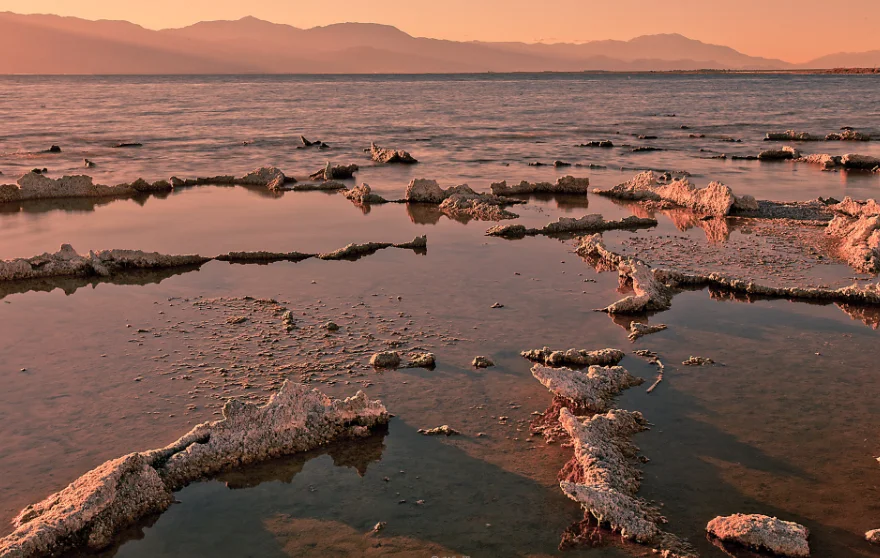
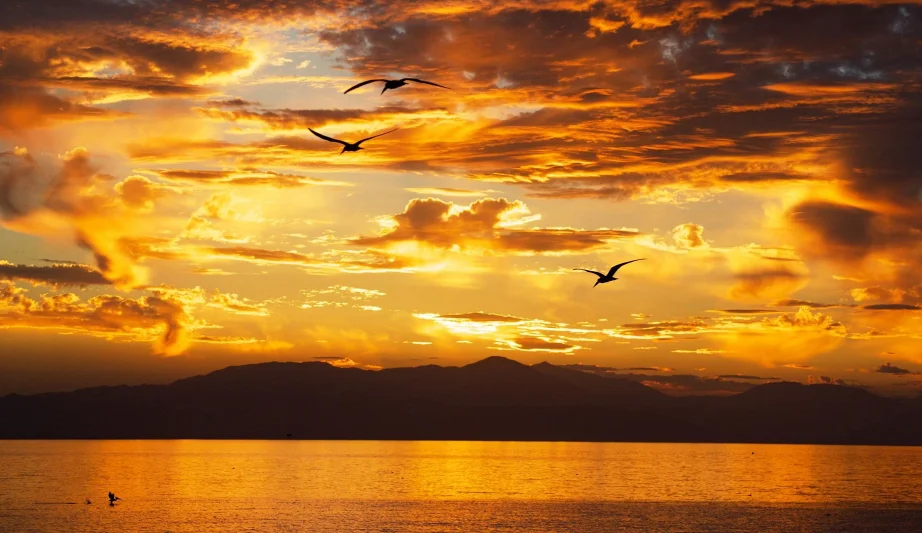
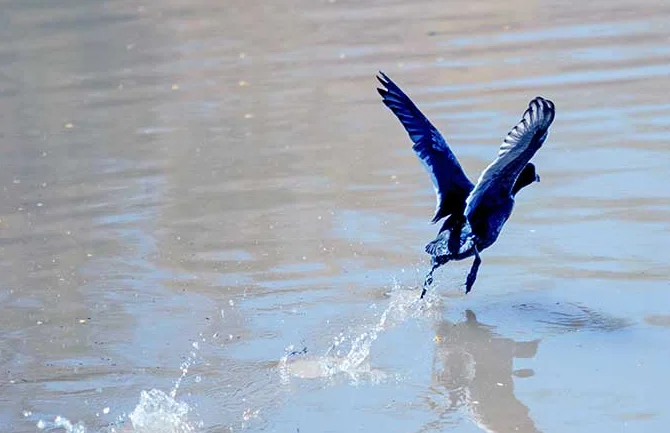
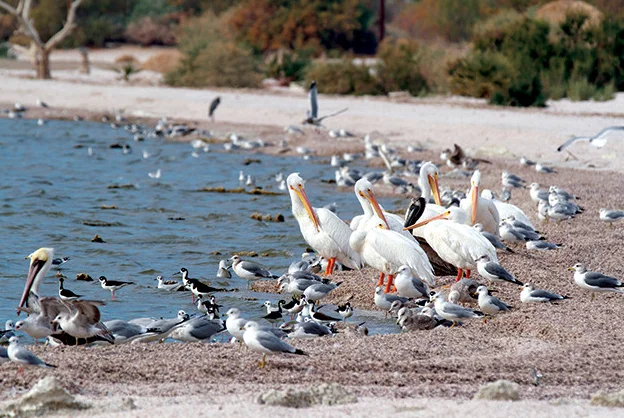
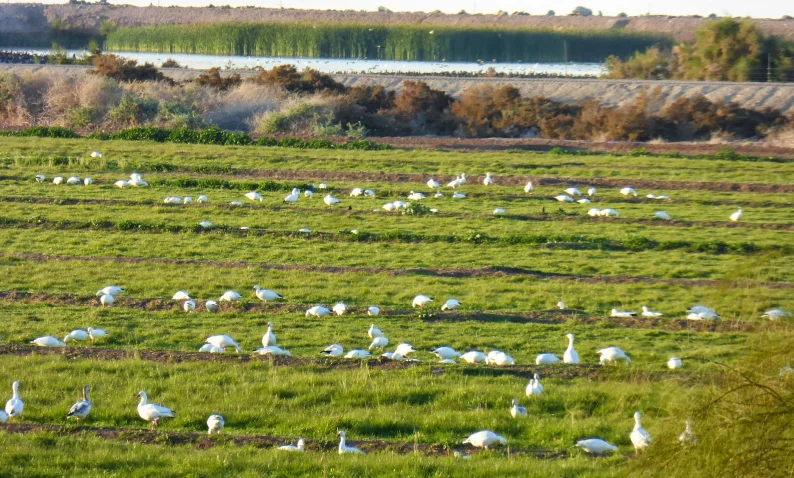
The visitor centre at the refuge is where people may get information and directions. The complex also houses a bookstore and an aviary. Both the refuge’s main building and Unit 1 provide hiking trails with informational signs and lookout platforms.
There is a picnic space near the main building and a photography blind in Unit 1. Birdwatchers in the winter may spot white-faced ibis, birds such as ospreys, ducks, geese and gulls shorebird species. You might even spot a blue-footed booby or a mountain plover on rare occasions.
Numerous Neotropical migrants, waterfowl, and shorebirds pass through the region twice a year, in the spring and fall. The summer is the best time to spot wood storks. Burrowing owls are permanent residents of the area.
A visitor centre is open from 7:00 a.m. to 3:30 p.m., Monday through Friday; although the refuge is open every day from dawn to sunset. The user incurs no expense. The state of California’s Department of Fish and Game is responsible for the refuge’s upkeep which also oversees waterfowl hunting there. Only one hunting blind is set up for hunters’ ease.
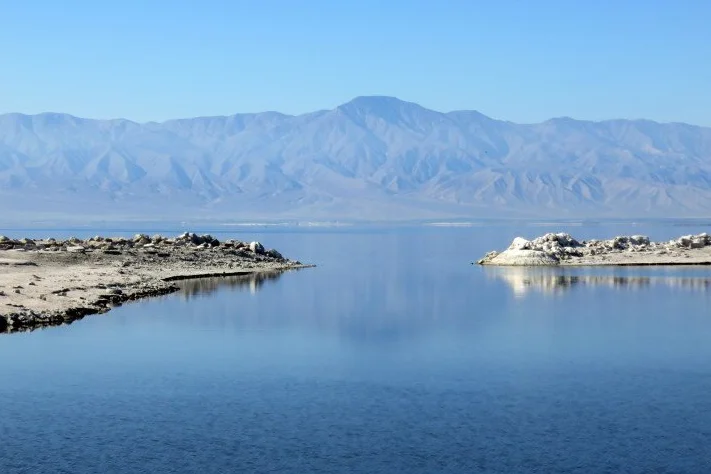
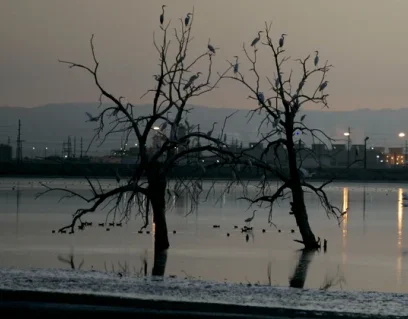
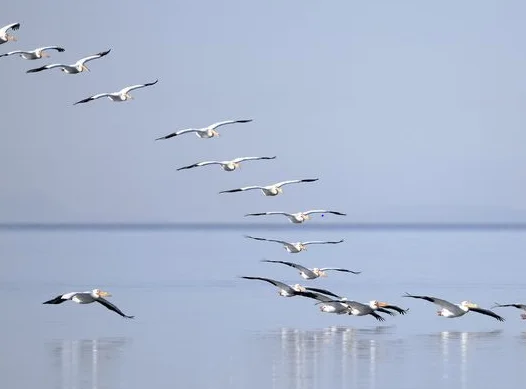
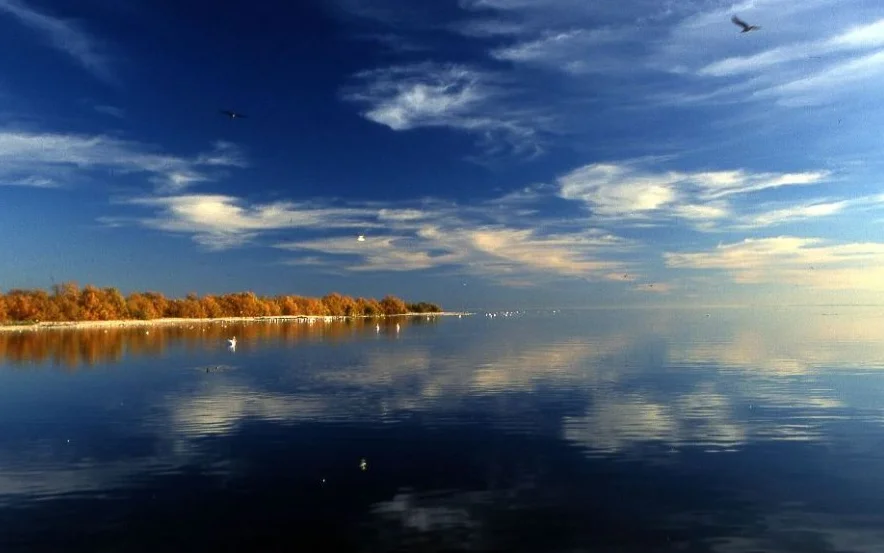
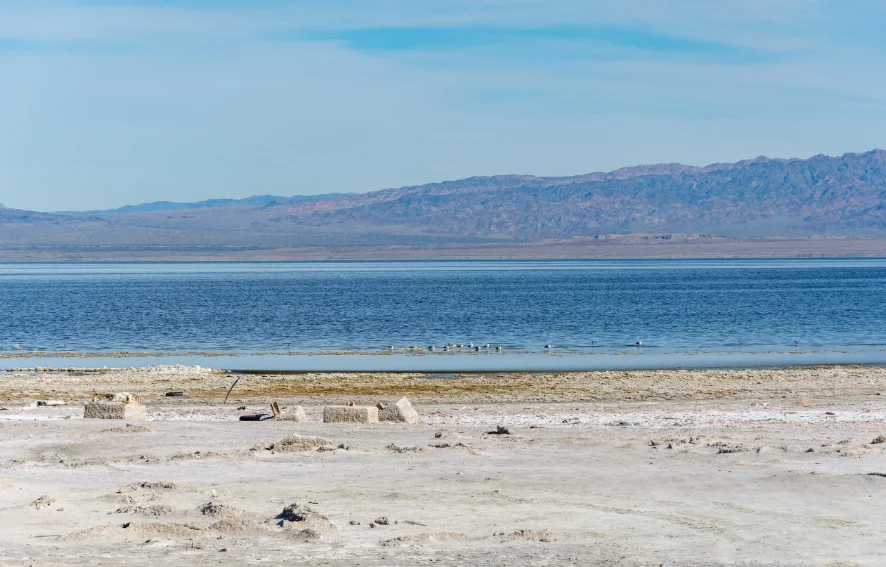
Location: Imperial County, California, United States
Nearest city: Brawley, California
Coordinates: 33°9′N 115°44′W
Area: 2,200 acres (9 km2)
Established: 1930
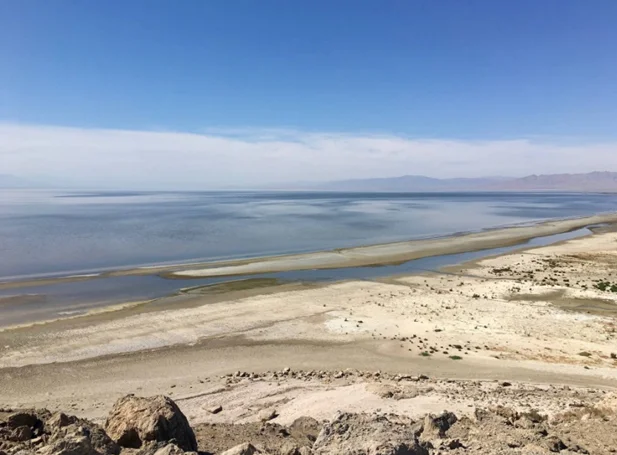

You must be logged in to post a comment.